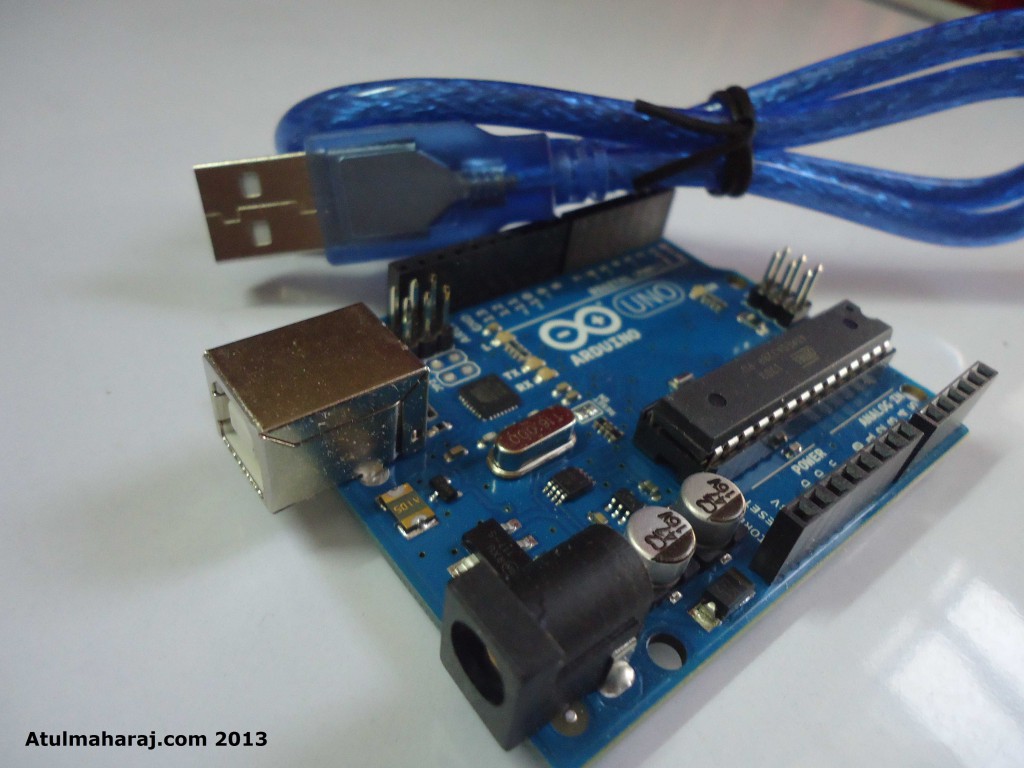
- ARDUINO UNO SERIAL PORT HOW TO
- ARDUINO UNO SERIAL PORT SOFTWARE
- ARDUINO UNO SERIAL PORT CODE
- ARDUINO UNO SERIAL PORT PC
* Check if "test" is inside or above/below the interval by a giant switch statement, that would at least avoid calling the substr() function repeatedly.

* fake clock, returns incrementing value, but folds around ** Intentionally signed to stress test the logig. * Intentionally very small, for fast wraparound You could extend the test to include the case that (currentmilis Just beside the Atmega 8U2 chip on arduino uno board we can observe two. The process of sending and receiving data can be observed by flashing of TX and RX LED’s on the arduino board. Previousclock = millis() might get stuck at a high value, just before folding around. Arduino uno board has one serial port at digital pins 0 (RX) and 1 (TX) to communicate with other external serial devices or with computer through USB cable. It is possible that the clock folds around. Will start sending millis value in 5 seconds. I, indeed, had satisfactory results: Will start sending clock values in 5 seconds.
ARDUINO UNO SERIAL PORT SOFTWARE
Void (*reboot)(void) = 0 // Creating a function pointer to address 0 then calling it reboots the board.Īs explained in the code, to make a software reboot simply create a function pointer to address 0 and call it. Serial.println("Will start sending millis values in 5 seconds.") ĭelay(100) // Give the computer time to receive the "Rebooting." message, or it won't show up
ARDUINO UNO SERIAL PORT CODE
I ran the following code to find out if a software reset would reset the clock and therefore the millis() function: void setup() Perhaps making a software reset your problem would be solved.
ARDUINO UNO SERIAL PORT HOW TO
If you think that the problem is in arduino program bug, please think of how to explain TX blinking & reset not helping. No additional memory was used after 10+ hours of program running, so I'm not really going to bother with replacing Strings with something else, as Serial port problem is far more major. Strings usage could increase memory usage, but this program is way too small for that to be a problem.
ARDUINO UNO SERIAL PORT PC
LED that is blinking during sending data to PC still blinks. Besides code has millis() independent code that is not responding too. Millis() rollover bug is not reproducable on Arduino Uno board with Arduino 1.0 software - I guess this was fixed and millis() now do really rollover only in 50 days, like it is said in documentation. Data does not start to be being received by PC.

Using board reset button that resets program & all values to it's start wont help. It is not a PC software issue, as all software(putty, telnet, etc.) acts the same - I can send data TO the Arduino (the device responds to commands) I just can't receive it back.Ī similar problem was described here in Serial communication stops after long periods., but no solution was suggested.ĭisconnecting/connecting the device solved the issue temporarily, but this can't be a solution, as the device is supposed to be used permanently and fully automatically. It works perfectly but sometimes, after a long period of time, the PC stops receiving data from the Arduino device. Topic on, Arduino stops sending data to Serial after a long time period Code compiled with Arduino 1.0 software from If(Serial.I am using an Arduino Uno rev2 device as a permanently connected device that sometimes sends signals to a PC (Windows 7 圆4). Serial.println("Please input any color of LED:") //print message on serial monitor Serial.begin(9600) // start serial port at 9600 bps:

PinMode(redPin, OUTPUT) //initialize the redPin as output PinMode(yellowPin, OUTPUT) //initialize the yellowPin as output PinMode(greenPin,OUTPUT) //initialize the greenPin as output open the serial monitor ,if you input red, you will see the red LED light int greenPin= 2 //the green led pin attact toĬonst int yellowPin= 3 //the yellow led pin attact toĬonst int redPin= 4 //the red led pin attach to For example, enter red, and you will see the red LED light up.

However, if you enter any other colors, no LEDs will brighten. Enter red, green, or blue, click Send, and then the corresponding LED on the breadboard will light up. When you open the window, it will display "Please input any color of LED:". With this window, you can not only send data from your computer to the SunFounder Uno board, but also receive data from the board and display it on the screen. It can be used to communicate data between PC or various serial devices. Then the Serial Monitor window will pop up. Arduino Uno (ATmega328) has an in-built USART which is useful for serial communication. Now, click the Serial Monitor button at the upper right corner in the IDE. If "Done uploading" appears at the bottom of the window, it means the sketch has been successfully uploaded. Upload the sketch to the Arduino Uno boardĬlick the Upload icon to upload the code to the control board. The corresponding LED connected to the Arduino Uno board will then light up. You can enter a color among red, green, and blue on Serial Monitor in the IDE. In this experiment, since we use colored LEDs as loads,


 0 kommentar(er)
0 kommentar(er)
